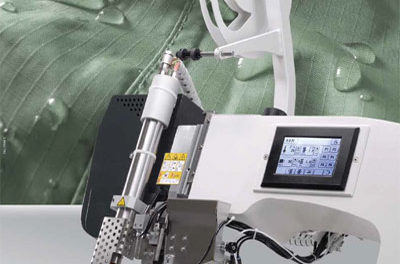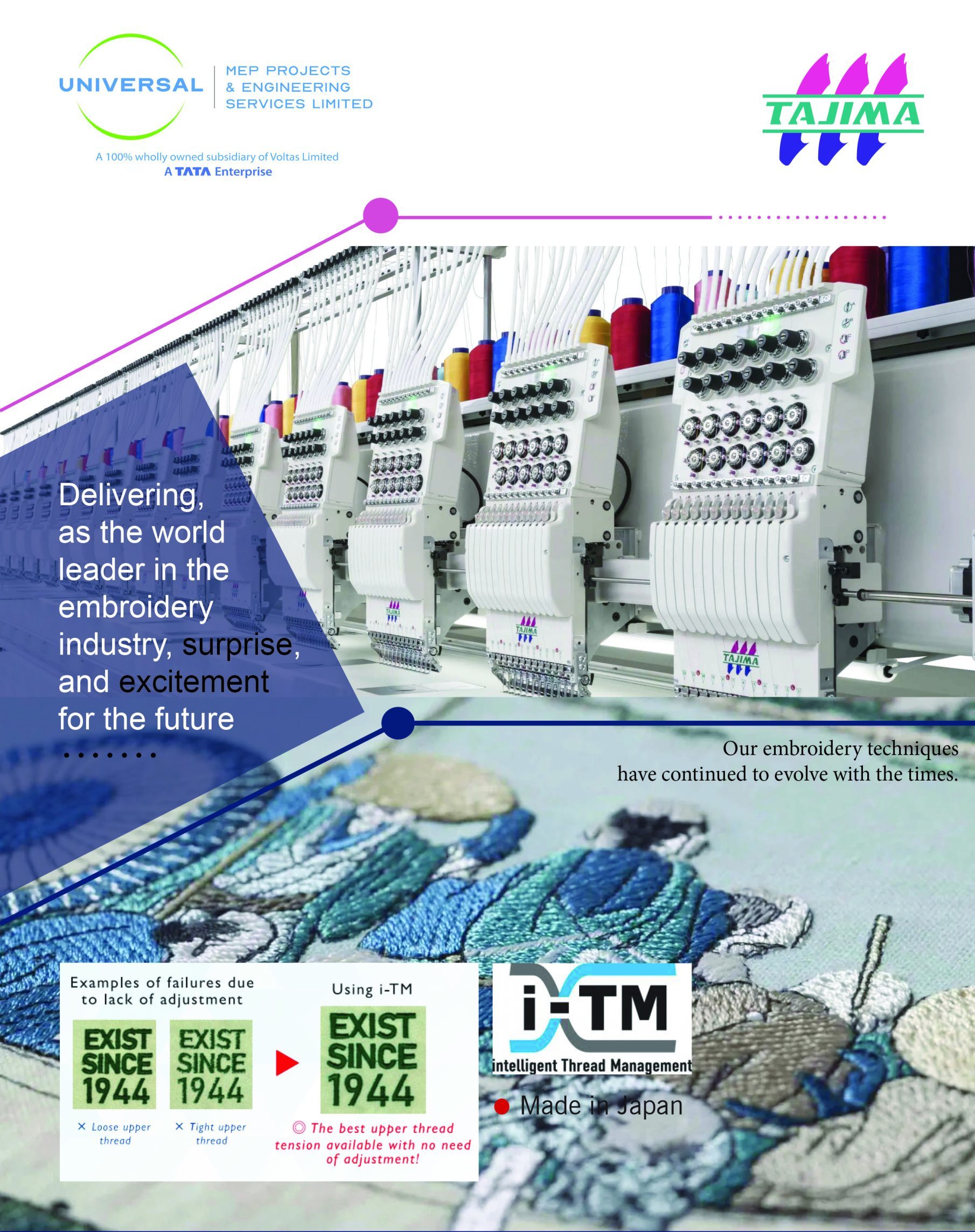Introduction
 As the world grapples with the depletion of natural resources and environmental degradation, the textile industry is at a pivotal point. The reliance on petroleum-based products has led to significant ecological harm, making the shift towards bio-based chemicals not only desirable but essential. This article explores the expanding role of bio-based chemicals in the textile supply chain, their benefits, and the critical importance of accurate bio-based content testing to ensure true sustainability.
As the world grapples with the depletion of natural resources and environmental degradation, the textile industry is at a pivotal point. The reliance on petroleum-based products has led to significant ecological harm, making the shift towards bio-based chemicals not only desirable but essential. This article explores the expanding role of bio-based chemicals in the textile supply chain, their benefits, and the critical importance of accurate bio-based content testing to ensure true sustainability.
The Bright Future of Bio-Based Chemicals in the Textile Supply Chain
The continuous use of petroleum-based products and other non-renewable resources is depleting our planet’s natural reserves, contributing to severe environmental issues. Petroleum-based fuels have degraded the Earth’s atmosphere, while oil-based products continue to harm ecosystems. In response, the bio-economy aims to maximize its contribution to the 2030 Agenda for Sustainable Development, the 17 Sustainable Development Goals (SDGs), and the Paris Agreement.
Bio-based chemicals, derived wholly or partly from biological materials such as biomass, plants, algae, and biological waste, have emerged as viable, environmentally friendly alternatives to traditional chemicals. Initially, the bio-based chemical market struggled to compete due to higher production costs and investment risks. However, technological advancements have made this industry increasingly profitable, with sustainability-focused manufacturers and consumers driving demand.
Bio-based chemicals offer a reduced environmental footprint, replacing petrochemical products with alternatives derived from renewable sources. Key bio-based chemicals include bio-plastics, polylactic acid (PLA), polyhydroxyalkanoates (PHAs), plant oils, fatty acids, bio-lubricants, bio-solvents, bio surfactants, and bio-inks and dyes.
Applications of Bio-based Chemicals
Bio-based chemicals have a wide range of applications across various industries, including:
• Packaging: Bio-based plastics and polymers for sustainable packaging solutions
• Personal Care: Bio-based surfactants and emollients for personal care products
• Textiles: Bio-based fibers and dyes & chemicals for sustainable textiles
• Food and Beverages: Bio-based preservatives and additives for food and beverages
• Pharmaceuticals: Bio-based intermediates and APIs for pharmaceutical applications
The benefits of bio-based products are substantial
• Environmental Benefits: They minimize chemical waste and toxic by products
• Biodegradable: Bio-based chemicals are biodegradable, reducing environmental pollution and harm to wildlife
• Reduced Carbon Footprint: Bio-based chemicals have a lower carbon footprint compared to traditional chemicals
• Economic Independence: They reduce reliance on non-renewable resources
• Job Creation: They create new jobs in the bio based industry and agriculture
• Cost Reduction: They lower handling and disposal costs compared to traditional chemicals
Challenges and Opportunities
While bio-based chemicals offer numerous benefits, there are challenges to overcome, such as:
• Scalability: Scaling up production to meet demand while reducing costs
• Regulatory Framework: Establishing a supportive regulatory framework to encourage adoption
Unveiling the Truth: The Importance of Accurate Bio-based Content Testing in Chemical Formulations
As the demand for bio-based chemicals increases, so does the need for transparency and accuracy in product claims. Bio-based chemicals, derived from renewable resources like plants, animals, or microbes, offer a sustainable alternative to fossil fuel-based chemicals. However, accurate bio-based content testing is crucial to avoid green washing and ensure that products genuinely contribute to sustainability.
Bio-based Content Testing Methods
Bio-based content testing measures the percentage of renewable ingredients in chemical formulations. The most widely recognized method is radiocarbon analysis, which differentiates between bio-based and fossil-based carbon. Fossil based products contain no carbon-14 due to the complete radioactive decay of ancient carbon sources, while bio-based materials still contain detectable amounts of carbon-14 from recent atmospheric carbon absorption.
Additional procedures & requirements include:
• Elemental Analysis: Determines a sample’s elemental composition.
• Isotope Ratio Mass Spectrometry (IRMS): Analyzes isotopic compositions of elements.
• Source-Specific Carbon Isotope Analysis: Distinguishes contributions from various bio-based sources.
• Supply Chain Verification and Traceability: Ensures sustainable sourcing and authenticity.
• Certification Programs: Industry-specific programs like USDA Bio-Preferred require adherence to specific testing standards.
Importance of Bio-based Content Testing
• Product Verification: Validates manufacturers’ bio-based claims, ensuring transparency and integrity
• Regulatory Compliance: Ensures compliance with regulations and standards, promoting market fairness
• Sustainability Assessment: Evaluates environmental impact, guiding informed decision-making
• Comparison and Benchmarking: Facilitates meaningful comparisons and benchmarking of sustainability performance
• Supply Chain Transparency: Enhances traceability and authenticity of bio based products
• Research and Development: Supports the formulation and optimization of bio-based products
By conducting rigorous bio-based content testing, companies can demonstrate their commitment to transparency, foster responsible business practices, and promote the genuine development and adoption of sustainable products.
Conclusion
The shift towards bio-based chemicals in the textile supply chain represents a critical step towards sustainability. These chemicals offer significant environmental, economic, and social benefits, driving the industry’s transformation. Accurate bio-based content testing ensures that this transformation is genuine, preventing greenwashing and fostering trust among consumers and stakeholders. As the bio-based chemical market continues to grow, rigorous testing and transparency will be paramount in achieving a sustainable future.
















